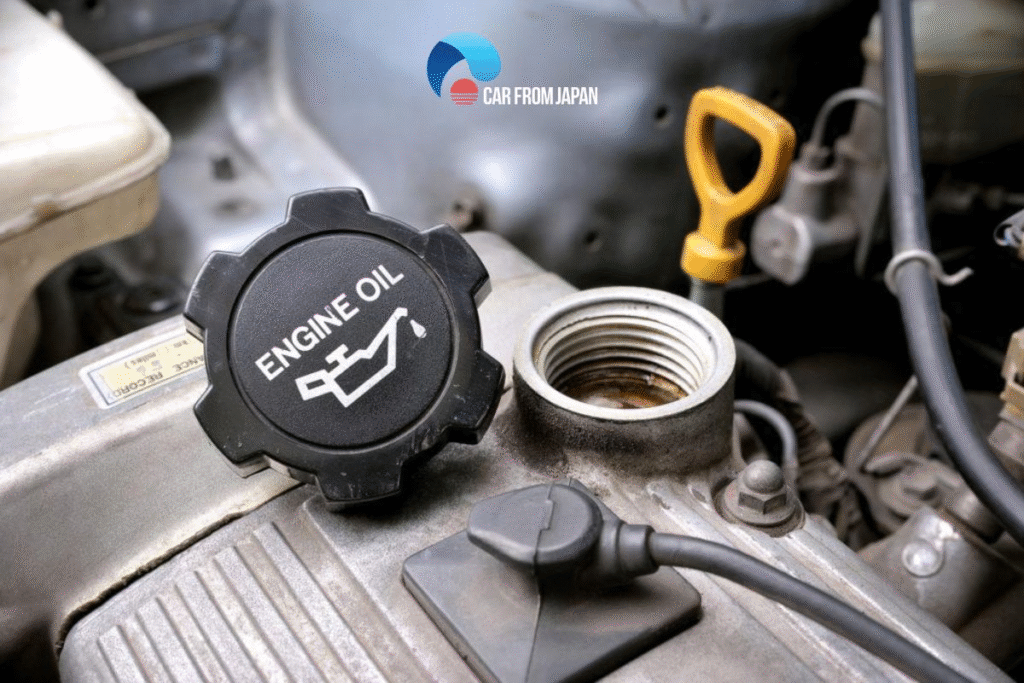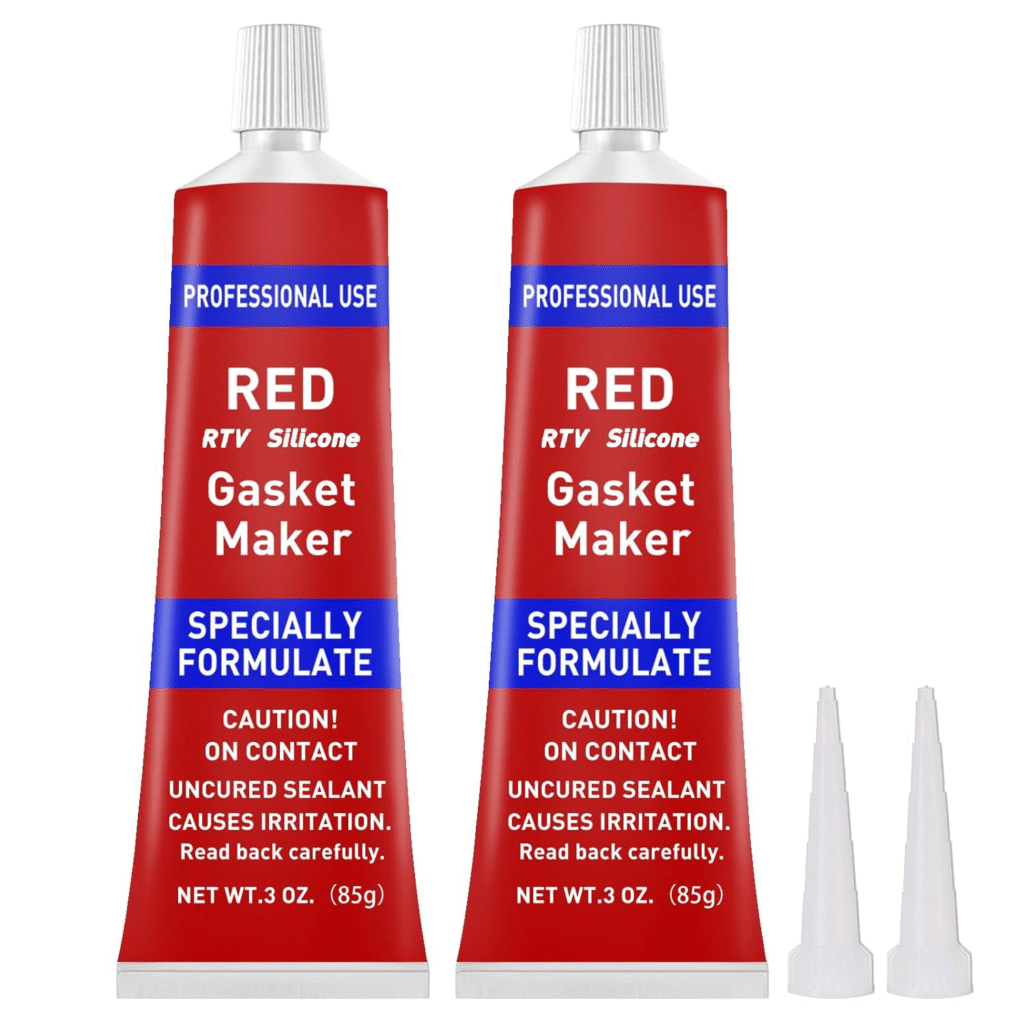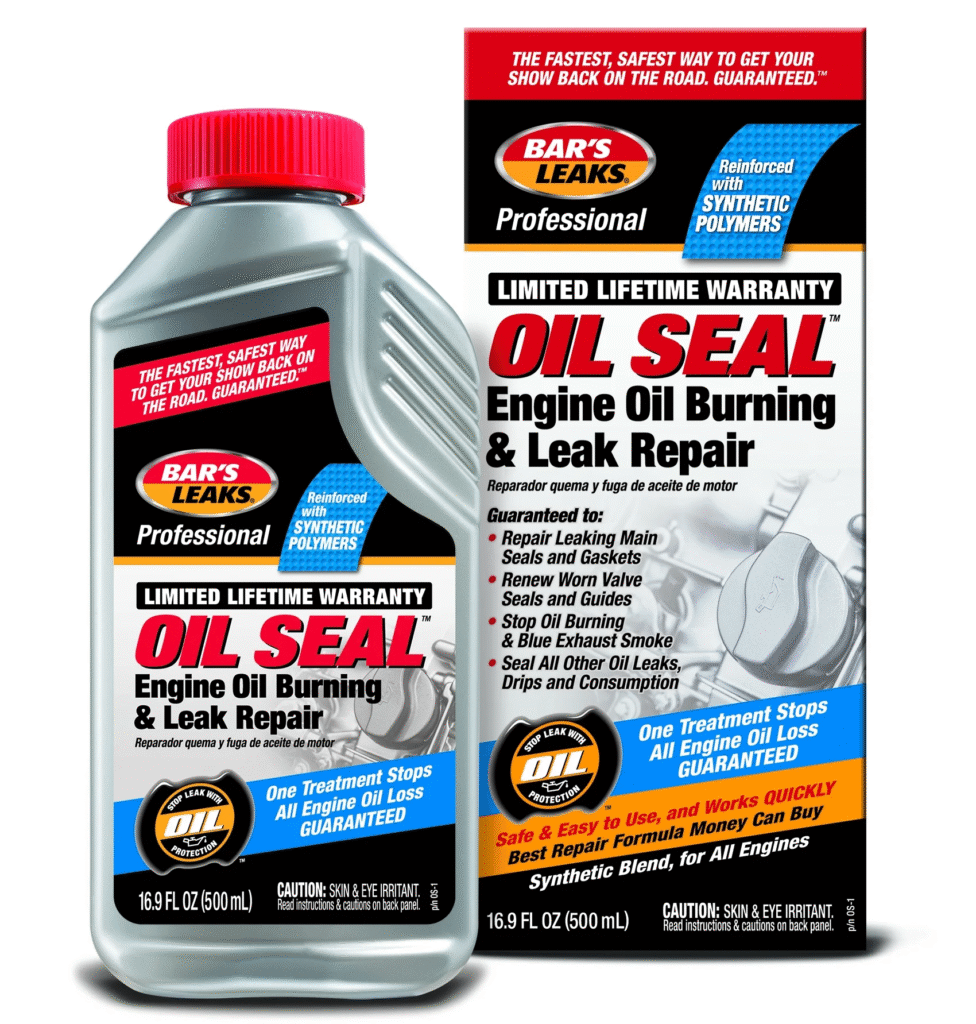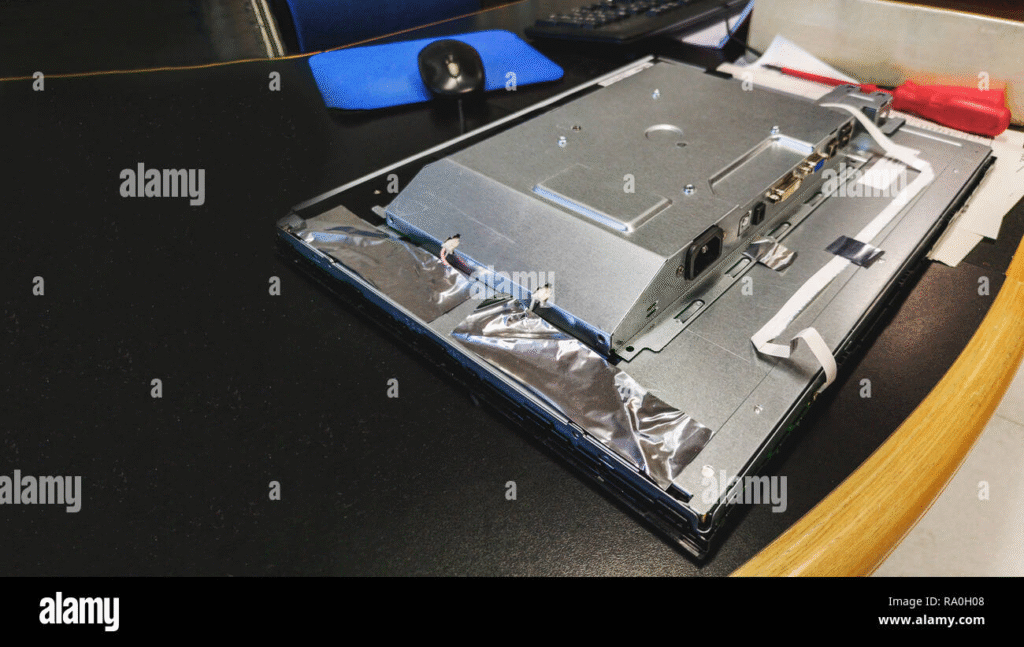Oil leaks may seem to start small, but it doesn’t take long bfore they can have damaging effects on your engine, stain your driveway or neighborhood, and end up costing you big bucks. Luckily, there are a number of minor oil leaks that can be repaired with just some common tools and a little patience from the convenience of your own garage or driveway. You don’t need to have a degree in automotive repair to handle this common problem – just a bit of knowledge and some elbow grease.
In this guide, we will walk you through identifying, locating, and repairing minor oil leaks. This article is suited for anyone who may be hoping to save some cash and get more prctical use from their automobile.
Why Oil Leaks Happen
Oil leaks typically occur when seals, gaskets, or engine components start to wear out or degrade over time. Some common causes include:
- A worn valve cover gasket
- A leaking oil pan gasket
- Loose or damaged oil filter
- A cracked oil pan
- Worn engine seals
- Over-tightened or loose oil drain plug
- Old, degraded engine oil
Knowing where to look and how to spot the signs is the first step in daling with a leak before it becomes a major problem.
How to Know If Your Car Has an Oil Leak
Some oil leaks are obvious, while othrs can go unnoticed for a long time. Here are common signs that your car might be leaking oil:
- Dark spots or puddles under your car after it’s been parked
- Burning oil smell coming from the engine
- Low oil levels or frequent need to top off
- Blue smoke coming from the exhaust
- Dirty or greasy engine components
Once you’ve spotted signs of a leak, it’s time to investigate further.
Step 1: Locate the Source of the Leak

Before you can fix anything, you need to find exactly where the oil is coming from. This may take a bit of inspection.
Tips to help you locate the leak:
- Open the hood and inspect around the valve cover, oil filter, oil cap, drain plug, and oil pan.
- Use a flashlight to check dark corners and tight spaces.
- Clean the engine with a degreaser and wait a day to see where fresh oil appears.
- For stubborn leaks, sprinkle some baby powder or use UV dye and a blacklight to trace the leak’s path.
If you’re only dealing with small drips or damp oil spots, you’re likely dealing with a minor oil leak — and those can often be fixed at home.
Step 2: Tighten Loose Components
Sometimes, the solution is as simple as tightening something that has come loose due to engine vibration.
Check and tighten the following:
- Oil filter – Make sure it’s hand-tight. If it’s loose, oil can seep from the seal.
- Oil drain plug – Ensure it’s snug, but don’t over-tighten it or you could damage the threads.
- Valve cover bolts – If your leak is coming from around the valve cover, gently tighten the bolts using a wrench.
Be cautious not to strip any threads or overtighten anything.
Step 3: Replace the Oil Cap or Gasket (if Needed)

A cracked or missing oil filler cap can allow oil to escape. Replacing it is a quick fix.
Likewise, a failing valve cover gasket is one of the most common sources of minor oil leaks. You can replace it yourself using a gasket kit.
Steps to replace a valve cover gasket:
- Remove any parts obstructing the valve cover (like air hoses).
- Unbolt and lift off the valve cover.
- Clean the surfaces and remove the old gasket.
- Install the new gasket carefully.
- Reinstall the valve cover and tighten the bolts in a criss-cross pattern.
Gasket replacement kits are inexpensive and available at any auto parts store.
Step 4: Fix Small Leaks with RTV Silicone or Stop Leak Additive

If the leak is coming from a minor crack or gap that isn’t easy to reach or replace, you can use one of these two methods.
Option 1: RTV Silicone Sealant

- Clean the leaking area completely.
- Apply a small amount of high-temperature RTV gasket maker or sealant around the leak.
- Let it cure for several hours before driving.
This method works well for sealing hairline cracks or around gaskets that are hard to replace.
Option 2: Oil Stop Leak Additive

- Buy a bottle of oil stop leak additive designed for your engine type.
- Pour the recommended amount into your engine oil filler.
- Drive the car for a few miles to circulate it.
These detergents work by conditioning the rubber seals and gaskets in such a manner that they expand slightly and reseal. They are a temporary fix for the problem, but they will buy you time so that proper repairs can be made.
Step 5: Replace the Oil Drain Plug Gasket or Washer

The oil drain plug at the bottom of the oil pan can often be the source of leaks. Every time you change your oil, the gasket or washer on the plug should ideally be replaced.
If you suspect a leak here:
- Drain the old oil (only if it’s due for a change).
- Remove the drain plug.
- Replace the washer or gasket with a new one.
- Reinstall the plug and refill the engine with fresh oil.
Be careful not to over-tighten the drain plug — hand-tight plus a quarter turn is usually enough.
Step 6: Monitor the Repair

After you’ve done your repair, it’s important to keep an eye on the area for a few days. Check the oil level daily, and look under the car after parking.
If the leak has stopped or reduced, you’ve likely fixed it. If not, you may need to take further steps or consult a professional.
When to Call a Mechanic
While many oil leaks can be fixed at home, there are times when professional help is the safest option. Seek expert service if:
- The leak is large or gets worse quickly.
- You smell burning oil while driving.
- Oil is leaking near belts, sensors, or electrical components.
- You’re losing oil at a rate faster than one quart every 1,000 miles.
Also, if the leak is coming from the rear main seal, head gasket, or timing cover, these are more complex repairs best left to trained technicians.
Preventing Future Oil Leaks
Now that you’ve fixed the problem, it’s a good idea to take preventive steps to avoid oil leaks in the future:
- Change your oil on schedule and use the recommended type and grade.
- Inspect your engine regularly for signs of wear or leakage.
- Replace gaskets or seals that look dried, cracked, or swollen.
- Avoid overfilling your engine with oil.
- Don’t overtighten oil filters or drain plugs.
A little bit of regular maintenance can go a long way in keeping your engine healthy and your driveway clean.
Final Thoughts
Repairing a cheap oil leak in your own garage is 100% possible, even if you aren’t too good with cars. As long as you have some time, some simple tools and a steady hand, you can tackle most leaks by replacing a gasket, tightening up a loose oil filter, or using a sealant, and save yourself a lot of money in the process. If you manage to fix the leak yourself, you’ll have regained the integrity of your engine and saved yourself the hassle of taking your vehicle to a garage.
Taking the time to get to the source of the leak, determining the best method for you and double-checking your work, and you will have not only fixed a leak in your vehicle, but gained more confidence to take on other simple car repairs yourself in the future.




